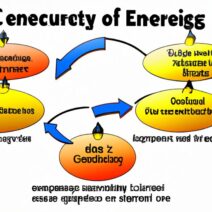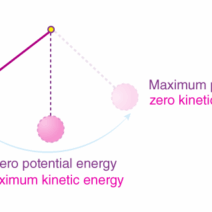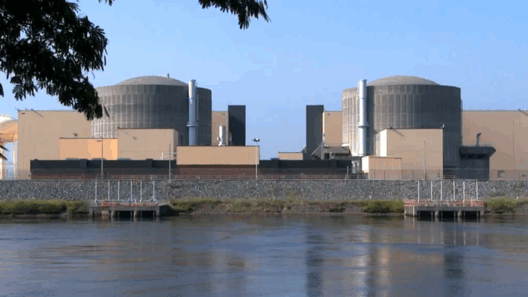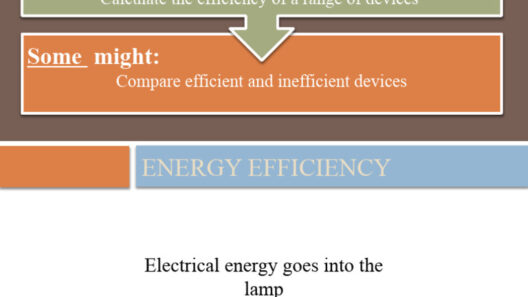Understanding the intricacies of collisions in physics not only enlightens our perception of the natural world but also highlights the critical role energy conservation plays in various phenomena. Elastic collisions stand as prime examples of these principles, showcasing a meticulous balance of kinetic energy before and after collision events. This discourse delves into the nuanced mechanics behind elastic collisions, delineating the conditions requisite for energy conservation and determining their implications in real-world applications.
Defining Elastic Collisions
At the foundation of classical mechanics lies the differentiation between elastic and inelastic collisions. An elastic collision is defined as one in which both momentum and kinetic energy are conserved. In stark contrast, inelastic collisions typically result in a loss of kinetic energy, often transformed into internal energy, heat, or sound. An exemplary scenario of an elastic collision is illustrated through the interaction of billiard balls, where the balls effectively bounce off each other without any loss in their overall kinetic energy.
The Physics of Elastic Collisions
To grasp the concept of energy conservation in elastic collisions, one must understand the underlying laws governing motion and energy. The principle of conservation of momentum states that the total momentum of a closed system remains constant when no external forces act upon it. Mathematically, this can be expressed as:
M1U1 + M2U2 = M1V1 + M2V2
Where M represents mass, U is the initial velocity, and V is the final velocity of two colliding bodies. Simultaneously, for kinetic energy, the equation is represented as:
KE = 1/2 M V2
The fulfillment of both equations simultaneously characterizes a perfectly elastic collision, a scenario where neither particle experiences deformation, and no energy is dissipated as heat or sound. This theoretical ideal helps elucidate real-world phenomena but does not frequently occur in practice due to various factors, including material properties and surface irregularities.
Types of Collisions: Elastic Versus Inelastic
Real-life collisions often present a spectrum rather than binary categorizations. While elastic and inelastic collisions occupy the endpoints, between them exist perfectly inelastic collisions, where colliding objects stick together post-impact. This type absorbs energy, leading to a considerable loss in kinetic energy, while momentum remains conserved. A deeper understanding of these phenomena reveals that most everyday collisions fall within the inelastic category rather than the purely elastic one.
Consider a vehicle collision. Although significant energy loss occurs through deformation, heat generation, and sound production, the momentum is still conserved given that external forces remain negligible during the brief interaction between vehicles. Such scenarios illuminate the importance of vehicle design and safety features, emphasizing the balance between energy absorption and the protection of passengers.
Applications and Implications
Elastic collisions are not merely academic constructs; their principles underpin an array of practical applications across diverse fields of technology and engineering. The design of various mechanical systems relies on the insights gained from studying elastic collisions. For instance, understanding the conservation of energy in elastic collisions is crucial for designing efficient shock absorbers in vehicles, where minimizing energy loss during impacts is paramount. Similarly, the physics of elastic collisions plays a prominent role in the realm of sports equipment, such as tennis balls and baseballs, contributing to performance enhancements and improved player safety.
In a larger environmental context, examining elastic collisions can provide insight into systems aimed at energy conservation and sustainability. For example, innovations in renewable energy technologies, such as wind turbines and hydroelectric power systems, can be conceptualized through principles of momentum and energy transfers akin to elastic collisions. An understanding of how energy can be transferred efficiently without significant losses leads to the creation of more sustainable energy generation methods, amplifying the importance of such physics principles in addressing contemporary environmental challenges.
Limitations of Elastic Collisions
While the concept of elastic collisions offers compelling insights into energy conservation, real-world scenarios often deviate from the idealized assumptions. Factors such as material deformation, heat generation, and sound production complicate the purity of elastic collisions. Consequently, perfect elastic collisions are predominantly theoretical constructs, serving as benchmarks rather than representative of most real-life interactions. Understanding these limitations is vital for accurately mapping the implications of elastic collisions across various domains.
Conclusion
In summation, the examination of elastic collisions encapsulates a synthesis of fundamental physical principles, highlighting the delicate interplay between momentum and kinetic energy. As energy conservation becomes increasingly paramount in the face of environmental challenges, the concepts derived from the study of elastic collisions furnish valuable insights into efficient energy management across multiple systems. Through continued exploration and application of these principles, one can foster more sustainable practices in technology, transportation, and energy production, ultimately contributing to a healthier planet.








